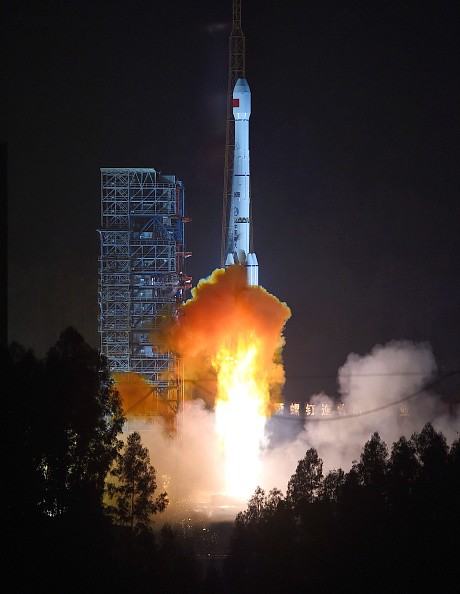Teams at tracking stations are still at work while China is celebrating its week-long Lunar New Year festival. They are monitoring China's various constellations of satellites and activities around the moon.
These people are situated at the Kashgar Satellite Control Station. It is part of the Xi'an Satellite Control Center and China Satellite Telemetry, Tracking and Control Network. It is the first station to receive sky-ground contact when Chinese spacecraft enter space above China.
According to Yeng Shengzhong, an engineer at the station, he and his colleagues are tracking and controlling more than 100 satellites made and sent to orbit the Earth by China. These include the Gaofen high-resolution Earth observation satellites, the Beidou navigation and positioning satellites, the DAMPE dark matter-hunting missions, the QUESS Quantum science satellite and the Fengyun Weather probes.
It is reported that China had a total of 181 operational satellites in orbit as of the end of June 2016. The United States is far in the lead with 586 and Russia trailing with 150.
According to the Twitter account of ChinaSpaceFlight, the service module of the Chang'e 5-T1 test mission that was launched in 2014 is still active and in orbit around the moon.
The Chang'e5 T1 mission was primarily designed in testing the re-entry of a capsule that is traveling at around 11 kilometers-per-second from the moon to Earth. It will need to re-enter to prepare for China's Chang'e-5 lunar sample return mission.
The capsule is continuing with its objectives. One is to enter a halo orbit at the gravitational balanced second Eath-Moon Lagrange point, which gives an indication that China could be considering a mission to the far side of the moon.
It was also used in Moon Imaging in order to help select a near side landing site for the Chang'e-5 confirmed sample return mission.



























